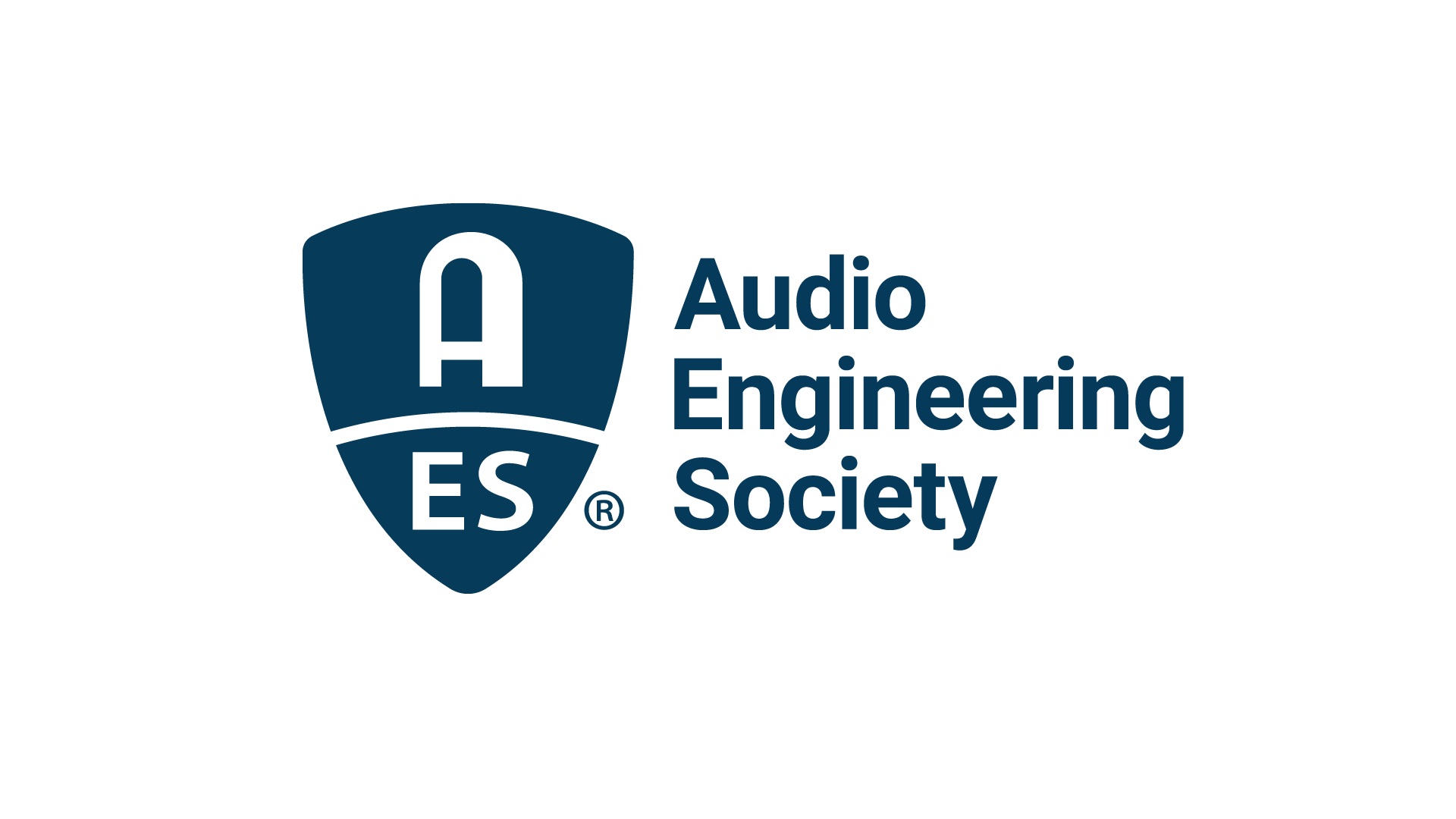AES? What is it?

AES stands for the Audio Engineering Society. The AES is an international learned society based in New York, bringing together audio and sound professionals. Founded in 1948, it has more than 13,000 members, including engineers, technicians, artists, researchers, and students working across 30 countries, with over 4,000 members in Europe.
What do they do?
The AES is open to users, researchers, and industry members in fields like acoustics, electroacoustics, analog and digital electronics, and networking, aiming to facilitate the exchange of scientific, technological, and commercial information among its members. It publishes a monthly journal and organizes conventions and conferences worldwide.
AES-France, an association under French law, serves as a French-speaking interface with the AES, organizing various events, including equipment presentations, introductory lectures on specific topics or technologies, and study days/workshops.
Work and Standards
AES standards gather industry engineering teams to advance technology, enhance performance, and ensure interoperability. Examples include AES3 (2-channel digital audio), AES10 (MADI), AES14 (analog XLR pin-out), and AES67 (networked audio). AES standards streamline operations, improving workflow and productivity.
Mission and Objectives
The AES’s primary objective is to promote and disseminate knowledge in audio, fostering the exchange of technical, scientific, and creative information among its members. Its main missions include:
- Education and Training: AES offers training and professional development opportunities through conferences, seminars, workshops, and publications. These resources aim to enhance the skills of audio professionals and encourage lifelong learning.
- Research and Innovation: The association actively supports scientific and technical research in audio. It organizes annual conferences and conventions where researchers present their latest findings, encouraging innovation and the evolution of industry standards.
- Standardization and Standards: AES contributes to the development of technical standards for the audio industry. Its members participate in standards committees that establish guidelines to ensure the quality and compatibility of audio equipment and formats.
Main Activities
The Audio Engineering Society organizes several essential activities for the audio industry:
- International Conventions: AES holds annual conventions, gathering audio experts and professionals from around the world. These events showcase technological demonstrations, technical lectures, hands-on workshops, and networking sessions.
- Publications: AES publishes various materials, including the Journal of the Audio Engineering Society (JAES), which features research articles, equipment reviews, and cutting-edge technical contributions. Additionally, the association produces technical standards and reference documents.
- Education: The association offers both formal and informal educational programs, including online courses, webinars, and tutorials. These initiatives aim to train the next generation of audio engineers and professionals.
- Regional Sections: AES is organized into regional sections worldwide, which host local events, meetings, and activities to promote the exchange of ideas and knowledge at a regional level.
Impact and Legacy
The Audio Engineering Society has had a significant impact on the audio industry. Its contributions to standardizing audio norms, promoting research and development, and ongoing education have helped improve sound quality across numerous applications, from recorded music to live sound and cinema.
In conclusion, the Audio Engineering Society remains a leading organization in audio engineering. It continues to play a vital role in advancing industry technology, disseminating knowledge, and supporting the professional development of its members. As a steward of excellence in audio, AES is an essential reference for anyone interested in sound.

